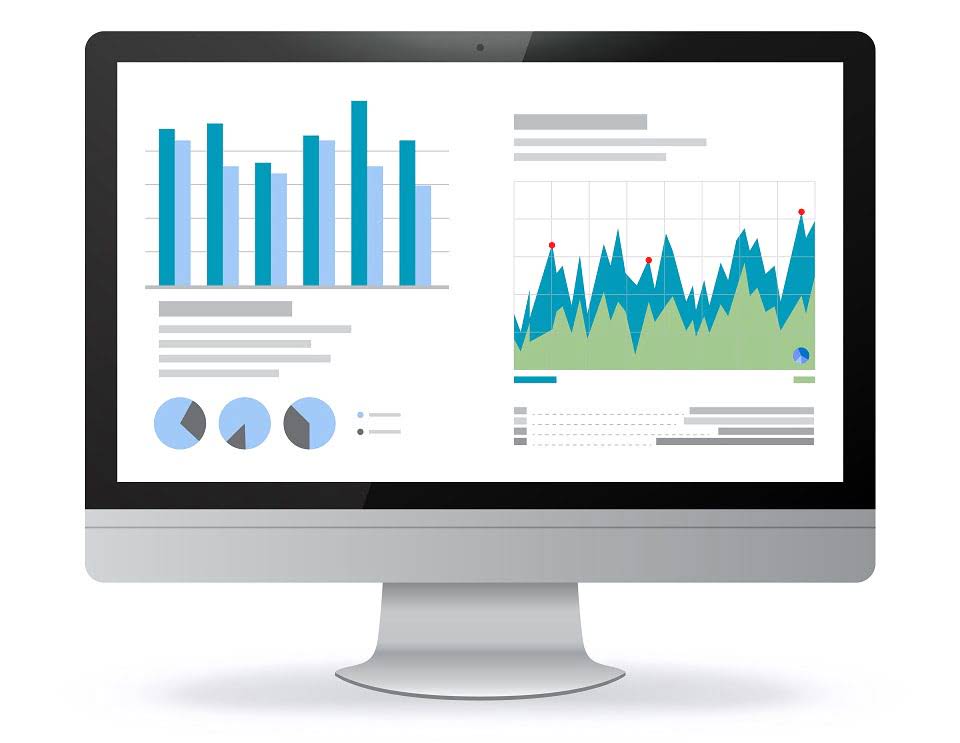Studies show that approximately a third of businesses report having approximately 20% of their accounts receivable more than 90 days overdue. In addition, nearly 95% of businesses have experienced late invoice payment within the last 12 months. Suppose you’re thinking of expanding your business—perhaps adding employees or opening another store. You take a look at your income statement, and the revenue is strong. But if a significant amount of that revenue is still locked up in unpaid invoices, you could be making financial decisions based on money that’s not actually in hand yet. Some businesses offer discounts for early payments to encourage faster cash flow.
Accurate and clear journal entries, regular monitoring, and automation using Synder are your secrets to avoiding cash flow disasters and making good financial choices. Synder provides real-time financial reporting, giving you laser-like visibility into your cash flow. And with automated, personalized payment reminders, customers are gently nudged, reducing bad debt risk and improving your bottom line. One of the worst risks businesses face with accounts receivable is bad debt—money that is never received. A customer places a big order, but after months of delay, it turns out they won’t be paying after all. Suddenly, what appeared to be a profitable sale turns into a financial loss.
In other words, goods are the commodities that are purchased and sold in a business on a daily basis. Goods are denoted as ‘Purchases A/c’ when goods are purchased, and ‘Sales A/c’ when they are sold. Let’s say the owner of an advertising company decides to invest $10,000 cash in his business. To understand the concept, think about any purchase you’ve ever made.
Journal Entry Template for Quick Use
This lowers accounts receivable and records the financial loss on the income statement. Consider revenue the entire pie, and that is all income from sales, whether or not it has been received. Accounts receivable is a slice of the pie, and that’s how much your customer owes for credit purchases.
- Going through every transaction and making journal entries is a hassle.
- Journal entries are like the different brushes an artist uses to paint a picture, each one serving a specific purpose in the masterpiece of accounting.
- Some popular accounting software options include QuickBooks, Xero, and FreshBooks.
- Excel is a great way to work out a journal entry even before putting it in an accounting system.
- For example, if a small business owner buys $100 worth of office supplies on credit, they write it down.
Journal Entry for Depreciation:
Clear can also help you in getting your business registered for Goods & Services Tax Law. As per the straight-line method, the depreciation rate is 10%, and scrap value is nil. We tend to think that every online business needs eCommerce email marketing software. At Taxfyle, we connect small businesses with licensed, experienced CPAs or EAs in the US. Journal entries are like the different brushes an artist uses to paint a picture, each one serving a specific purpose in the masterpiece of accounting.
- Adjusting entries ensure that revenue and expenses are recognized in the correct accounting period, and that assets and liabilities are accurately recorded.
- A journal entry is the method used to record financial transactions in an accounting system.
- For depreciation expense, depreciation expense is debited, and the accumulated depreciation account is credited.
- While we’ll go over some journal entry examples later on, it’s important that you first understand the process of writing basic journal entries.
- To maintain accurate financial records, it’s important to account for these discounts properly in the accounts receivable journal.
Expenses decrease when credited, so Cash will be credited for $500. Liabilities increase when credited, so Accounts Payable will also be credited for $500. To recap, the general journal is the company book in which accountants post (or summarize) all journal entries.
Amortization is the same as depreciation but is charged as an expense only on intangible assets. Step 1 – At the time of paying an expense before the due date in cash. Example Step 1 – Electricity Expense of 1,000 is unpaid on the balance sheet date. It may be possible to receive discounts from suppliers in certain situations for e.g. if a firm purchases in bulk or in case of early payment. This helps track overdue payments and manage collections effectively.
Budget Forecast Template Excel for 12 Months
What this means is that journal entries example for every recorded transaction, two accounts are affected – and as a result, there is always a debit entry and a credit entry. The main thing you need to know about journal entries in accounting is that they all follow the double-accounting method. Say your business purchases equipment worth $10,000 by signing a note payable with a 5% interest rate.
In adjusting entries, it is important to ensure that the value of accounts receivable is accurately reflected in the balance sheet accounts. Adjusting and correcting accounts receivable transactions is crucial to maintaining accurate financial records. Errors, changes in payment terms, or disputes may require updates to the original journal entries to ensure your AR balance and financial statements are correct.
Catch Up Bookkeeping: All You Wanted to Know About Catch Up (Catch-up) Bookkeeping
Obviously, in this tutorial, we won’t be asking you to go out and collect invoices and receipts, so we’ll conveniently “skip” that step for now. If you use accrual accounting, you’ll need to make adjusting entries to your journals every month. You don’t need to include the account that funded the purchase or where the sale was deposited. Every journal entry in the general ledger will include the date of the transaction, amount, affected accounts with account number, and description. The journal entry may also include a reference number, such as a check number, along with a brief description of the transaction.
This detailed recording makes preparing financial reports, like the income statement and balance sheet, much simpler. By looking at these entries, you can see the financial health of a business, what it owns (assets), owes (liabilities), and its overall worth (equity account). It’s the backbone of financial reporting, ensuring that every dollar is accounted for properly. When they pay their worker bees (payroll) or count the honey at the end of the day (balance sheet), it’s all recorded with care. This way, the beehive thrives, balancing what comes in and goes out, just like a smartly managed piggy bank. Purchasing office supplies means you’re purchasing goods which are a type of business asset.
This estimate is used to account for the possibility that some customers may not pay their debts in full or at all. To estimate the allowance for doubtful accounts, a company may analyze its past experience with bad debts, the age of its accounts receivable, and other relevant factors. This ensures that the expense is properly recognized in the financial statements.
First, choose the type of transaction you want to record, such as an invoice payment or a purchase. Then, input the relevant details like the date, amounts, and accounts affected (e.g., cash, receivables, supplies). The software will show you a preview of the debit and credit entries. It’s a quick and error-free way to ensure your business’s financial transactions are always up to date. Accounting software automates the process of making journal entries. This reduces the chance of errors and saves time, making it easier for businesses to keep accurate financial records.
Sometimes insured goods are lost by fire, theft, or any other reason. There can be three cases related to the loss of insured goods or assets. Depreciation is the decrease in the value of assets due to use or normal wear and tear. Transactions related to the purchase and sale of goods can be of two types, Cash or Credit.
With more detailed records, you’ll be better able to track discrepancies and reduce the risk of potential errors in the future. Sales returns are the goods returned by customers or debtors to the company. Step 1 – At the time of providing interest to the partner via his/her capital account. Example Part 2 – 2,000 rent received in the previous month to be adjusted this month. Example Part 1 – Received 2,000 rent advance in Dec for next month.
Here, you need to debit the receiver, and the giver has to be credited. Example – Mr A purchased furniture worth Rs.1,000 for his business using cash. Creating a journal entry, while systematically structured, is a straightforward process. Tickmark, Inc. and its affiliates do not provide legal, tax or accounting advice.

.jpg)
.jpg)
.jpg)







